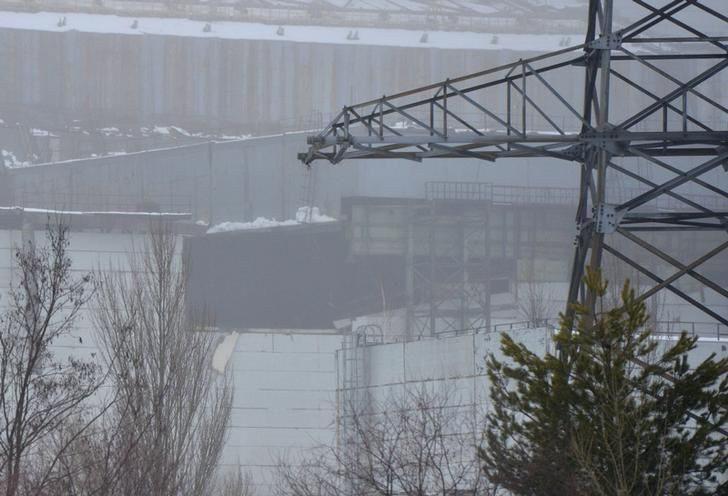Roof Collapse At Chernobyl Nuclear Plant Sparks Fear Of Radiation Leaks

Part of the roof has collapsed at Ukraine’s Chernobyl nuclear plant, where an explosion and reactor meltdown occurred in 1986, but authorities claim the site remains sealed and that there have been no changes in the radiation levels.
Some 80 construction workers were present at the site at the time of the incident, but no injuries were reported.
A massive concrete sarcophagus, which was built to contain leaking radiation from the exploded nuclear reactor, was not damaged by the roof collapse.
"There are no changes in the radiation situation at the Chernobyl nuclear power plant or in the exclusion zone," Chernobyl’s administrators said in a statement, the BBC reported.
A new concrete encasement is currently being built to be placed over the existing one amid concerns over its long-term structural integrity.
The Chernobyl accident has gone down as the worst nuclear disaster in history and resulted in the displacement of hundreds of thousands of people in Ukraine, Belarus and western Russia, with thousands thought to be exposed to high levels of radiation. The number of deaths related to the accident remains a matter of controversy.
At the time, the plant was under direct administration by the now-defunct Soviet Union.
The area surrounding the Chernobyl plant remains contaminated with radiation, and an exclusion zone extends outward from the site over territory within a 19-mile radius.
© Copyright IBTimes 2024. All rights reserved.




















